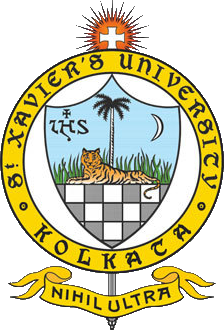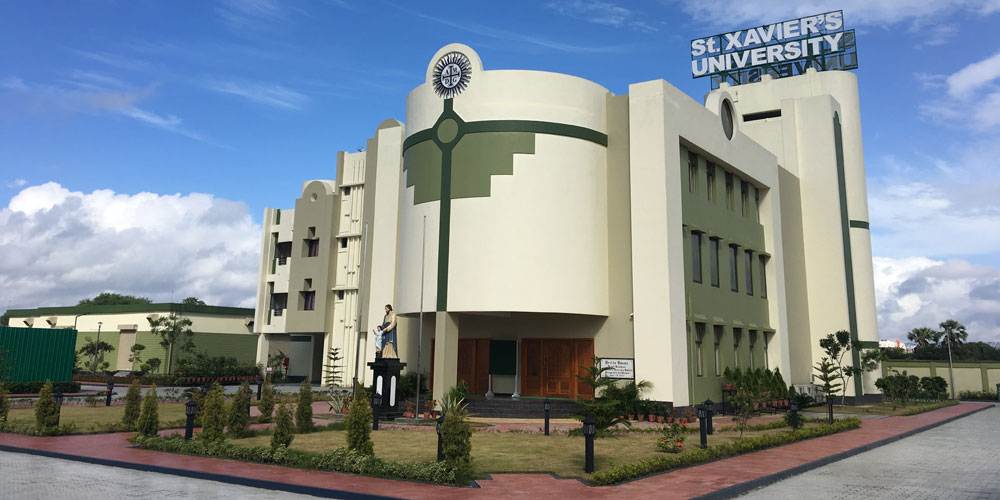Qualitative content analysis : (Record no. 10459)
[ view plain ]
| 000 -LEADER | |
|---|---|
| fixed length control field | 04784cam a22002055i 4500 |
| 005 - DATE & TIME | |
| control field | 20231116165547.0 |
| 008 - FIXED-LENGTH DATA ELEMENTS--GENERAL INFORMATION | |
| fixed length control field | 210402s2021 cau 000 0 eng |
| 010 ## - LIBRARY OF CONGRESS CONTROL NUMBER | |
| LC control number | 2021936488 |
| 020 ## - ISBN | |
| International Standard Book Number | 9781529701975 |
| Price | 3980.00 |
| 040 ## - CATALOGING SOURCE | |
| Original cataloging agency | S.X.U.K |
| 041 ## - Language | |
| Language | English |
| 082 ## - DDC NUMBER | |
| Classification number | R 300.72 MAY(QUA) |
| 100 1# - MAIN ENTRY--PERSONAL NAME | |
| Personal name | Mayring, Philipp, |
| 245 10 - TITLE STATEMENT | |
| Title | Qualitative content analysis : |
| Sub Title | a step-by-step guide / |
| Statement of responsibility | Philipp Mayring. |
| 260 ## - PUBLICATION, DISTRIBUTION, ETC. (IMPRINT) | |
| Place of publication, distribution, etc | New Delhi |
| Name of publisher, distributor, etc | Sage |
| Date of publication, distribution, etc | c2022 |
| 300 ## - PHYSICAL DESCRIPTION | |
| Pages | 224p. |
| Other Details | P.B. |
| 500 ## - GENERAL NOTE | |
| General note | Part I: Foundations of Text Analysis<br/> Chapter 1: The Methodological Debate of Qualitative vs. Quantitative Research <br/>Historical Background<br/> <br/>Theory of Science Background of the Controversy<br/> <br/>Is Mixed Methods a Solution?<br/> <br/>Common Research Criteria for Qualitative and Quantitative Approaches<br/> <br/> Chapter 2: Importance of Text Analysis in Social Sciences <br/>Texts and Numerical Data as Material in Social Sciences<br/> <br/>Methods of Collecting Textual Material in Social Sciences Projects<br/> <br/> Chapter 3: Different Approaches of Text Analysis <br/>A comparison of Five Qualitative Text Analysis Approaches<br/> <br/>Social-Hermeneutic Paraphrase<br/> <br/>Psychoanalytic Text Interpretation<br/> <br/>Objective Hermeneutics<br/> <br/>Grounded Theory Coding<br/> <br/>Qualitative Content Analysis<br/> <br/>Comparison of the Approaches and Quality Criteria<br/> <br/> Chapter 4: A Short History of Content Analysis <br/>Preliminary Phase<br/> <br/>Consolidation Phase<br/> <br/>Fine Developments and Interdisciplinary Expansion<br/> <br/>Stagnation and “Discontent” with Content Analysis<br/> <br/>New quantitative approaches in computational linguistics, complex algorithms and text mining<br/> <br/>Approaches to Qualitative Content Analysis<br/> <br/> Chapter 5: Basic Principles of Qualitative Content Analysis <br/>Embedding the Material within its Communication Context<br/> <br/>Categories in the Focus of Analysis<br/> <br/>Defining content analytical units<br/> <br/>Systematic, Rule-bound Procedure<br/> <br/>Object Reference in Place of Formal Techniques<br/> <br/>Theory-guided Character of the Analysis<br/> <br/>Testing Specific Instruments via Pilot Studies<br/> <br/>Integrating Quantitative Steps of Analysis<br/> <br/>Quality Criteria<br/> <br/> Chapter 6: Procedures of Qualitative Content Analysis <br/>Summarizing Qualitative Content Analysis<br/> <br/>Inductive Category Formation<br/> <br/>Explication: Narrow and Broad Context Analysis<br/> <br/>Structuring: Deductive Category Assignment<br/> <br/>Mixed Procedures<br/> <br/> Chapter 7: Computer Programs for Supporting Qualitative Content Analysis <br/>The Merits of Computer Assistance in Text Analysis<br/> <br/>QCAmap Software for Qualitative Content Analysis<br/> <br/> <br/>Part II: The 8 Step Qualitative Content Analysis Research Process<br/> Chapter 8 Step 1: Forming the Research Question <br/>From Themes to Questions<br/> <br/>How to Formulate a Research Question<br/> <br/>Example for Step 1: Forming the Research Question<br/> <br/> Chapter 9 Step 2: Establishing the Theoretical Background of the Study <br/>Different Levels of Theory Background<br/> <br/>Example for Step 2: Establishing the Theoretical Background of the Study<br/> <br/> Chapter 10 Step 3: Designing the Study <br/>Basic Designs for Qualitative (and Quantitative) Research<br/> <br/>Example for Step 3: Designing the Study<br/> <br/>Ethical Aspects of a Qualitative Content Analysis Study<br/> <br/> Chapter 11 Step 4: Gathering Textual Material, Sampling <br/>The Quality of the Sample: Establishing a Sampling Strategy<br/> <br/>Recommendations for Sample Size<br/> <br/>Describing the Text Corpus for Qualitative Content Analysis<br/> <br/>Transcription Rules<br/> <br/>Example for Step 4 (Textual Material)<br/> <br/> Chapter 12 Step 5: Choosing and Constructing Adequate Methods <br/>Summarizing: Procedure and Example<br/> <br/>Inductive Category Formation: Procedure and Example<br/> <br/>Explicating (Context Analysis): Procedure and Example<br/> <br/>Structuring (Deductive Category Assignment): Procedure and Example<br/> <br/>Mixed Procedures: Theme Analysis, Type Analysis, Parallel Procedures<br/> <br/> Chapter 13 Step 6: Conducting the Study and Presenting the Results <br/>Description of Results<br/> <br/>Presenting Studies with Summarizing Content Analysis<br/> <br/>Presenting Inductive Category Formation<br/> <br/>Presenting Deductive Category Assignment<br/> <br/>Answering the Research Question<br/> <br/> Chapter 14 Step 7: Discussing Quality Criteria <br/>Classical Quality Criteria<br/> <br/>Specific Content-analytical Quality Criteria<br/> <br/>Software Example: Three Levels of Intercoder Agreement<br/> <br/> Chapter 15 Step 8: Reflecting on Research Implications <br/>Theoretical Implications<br/> <br/>Practical Implications<br/> <br/> <br/>Part III: Indications and Limitations of Qualitative Content Analysis<br/>Similar Conceptions of a Qualitative Content Analysis<br/> <br/>Criticism and Misunderstandings<br/> <br/>Strengths and Weaknesses of Qualitative Content Analysis<br/> <br/>Further Developments<br/> |
| 650 ## - Subject | |
| Subject | Social sciences--Research--Methodology |
| 942 ## - ADDED ENTRY ELEMENTS (KOHA) | |
| Koha item type | MBA Referance |
| Withdrawn status | Lost status | Source of classification or shelving scheme | Damaged status | Not for loan | Koha collection | Location (home branch) | Sublocation or collection (holding branch) | Shelving location | Date acquired | Source of acquisition | Cost, normal purchase price | Serial Enumeration / chronology | Koha issues (times borrowed) | Koha full call number | Barcode (Accession No.) | Koha date last seen | Copy Number | Price effective from | Koha item type |
|---|---|---|---|---|---|---|---|---|---|---|---|---|---|---|---|---|---|---|---|
| Not For Loan | Reference | St. Xavier's University, Kolkata | St. Xavier's University, Kolkata | Reference Section | 11/16/2023 | SEGMENT BOOK DISTRIBUTORS | 3980.00 | S.X.U.K | R 300.72 MAY(QUA) | UM3748 | 11/16/2023 | 3748 | 11/16/2023 | MBA Referance | |||||
| St. Xavier's University, Kolkata | St. Xavier's University, Kolkata | Lending Section | 11/16/2023 | SEGMENT BOOK DISTRIBUTORS | 3980.00 | S.X.U.K | 300.72 MAY(QUA) | M3749 | 11/16/2023 | 3749 | 11/16/2023 | MBA - Masters on Business Administration | |||||||
| St. Xavier's University, Kolkata | St. Xavier's University, Kolkata | Lending Section | 11/16/2023 | SEGMENT BOOK DISTRIBUTORS | 3980.00 | S.X.U.K | 300.72 MAY(QUA)C1 | M3750 | 11/16/2023 | 3750 | 11/16/2023 | MBA - Masters on Business Administration |

